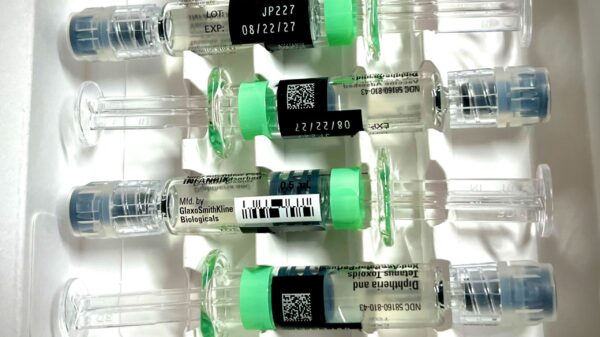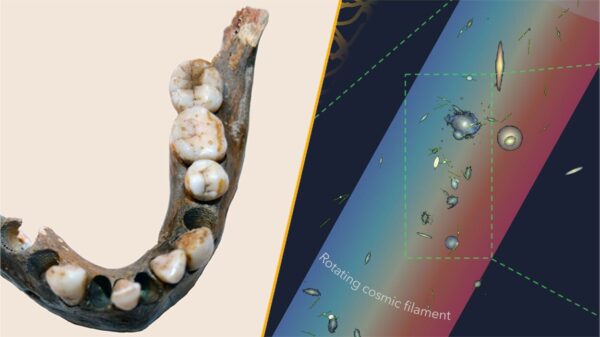Advancements in battery technology are crucial as the demand for efficient energy storage grows. Researchers at Western University have made significant strides in developing solid-state sodium batteries, which could offer a safer and more cost-effective alternative to conventional lithium-ion batteries. These innovations aim to address long-standing challenges related to battery safety, cost, and resource sustainability.
Dr. Yang Zhao, a professor in the Department of Mechanical and Materials Engineering at Western University, highlights the limitations of current battery technologies. “Right now, most of the batteries we use contain flammable liquid electrolytes and rare elements like lithium,” he stated. The research team has focused on sodium, an abundant and inexpensive element, to create solid-state batteries that promise enhanced safety and longevity.
Innovative Materials and Enhanced Performance
Solid-state sodium batteries replace traditional liquid electrolytes with solid materials, minimizing flammability risks and potentially increasing energy density. This advancement means that these batteries could last longer between charges. However, achieving efficient sodium ion movement within solid structures has posed a significant challenge for scientists.
Zhao and his colleagues have developed a new material incorporating sulfur and chlorine. While conventional electrolytes are chemically stable, they often struggle to facilitate sodium ion movement. The introduction of sulfur in their design enhances conductivity, allowing ions to traverse the battery more effectively while also reinforcing the material’s structural integrity.
Their findings have been published in the journals Advanced Functional Materials and Advanced Materials, contributing valuable insights to the field of battery research.
Stability and Reliability Across Conditions
The newly developed material by Zhao’s team not only demonstrates high sodium-ion conductivity but also exhibits excellent thermal and mechanical stability. This characteristic is critical for batteries that must endure numerous charge-discharge cycles and function reliably across varying temperature ranges.
A common issue with solid-state designs is the degradation of electrolytes when they come into contact with other battery components. However, the material developed by the Western team does not face this degradation, which could enhance the lifespan and reliability of future batteries.
To better understand the movement of ions within the solid electrolyte, the researchers utilized the powerful X-ray capabilities of the Canadian Light Source (CLS) at the University of Saskatchewan. “These X-ray tools allow us to see the local chemical environment, ion pathways, and bonding structures in ways that regular lab instruments can’t,” Zhao explained. “They’re absolutely essential for developing solid-state battery materials.”
Despite the promising developments, widespread commercial use of solid-state sodium batteries is still several years away. Nevertheless, Zhao remains optimistic about the progress being made. “We’re making real progress toward safer, more cost-effective batteries,” he noted.
The strides in solid-state sodium battery technology signify a potential shift in energy storage solutions, paving the way for safer and more sustainable options in the future.






































































